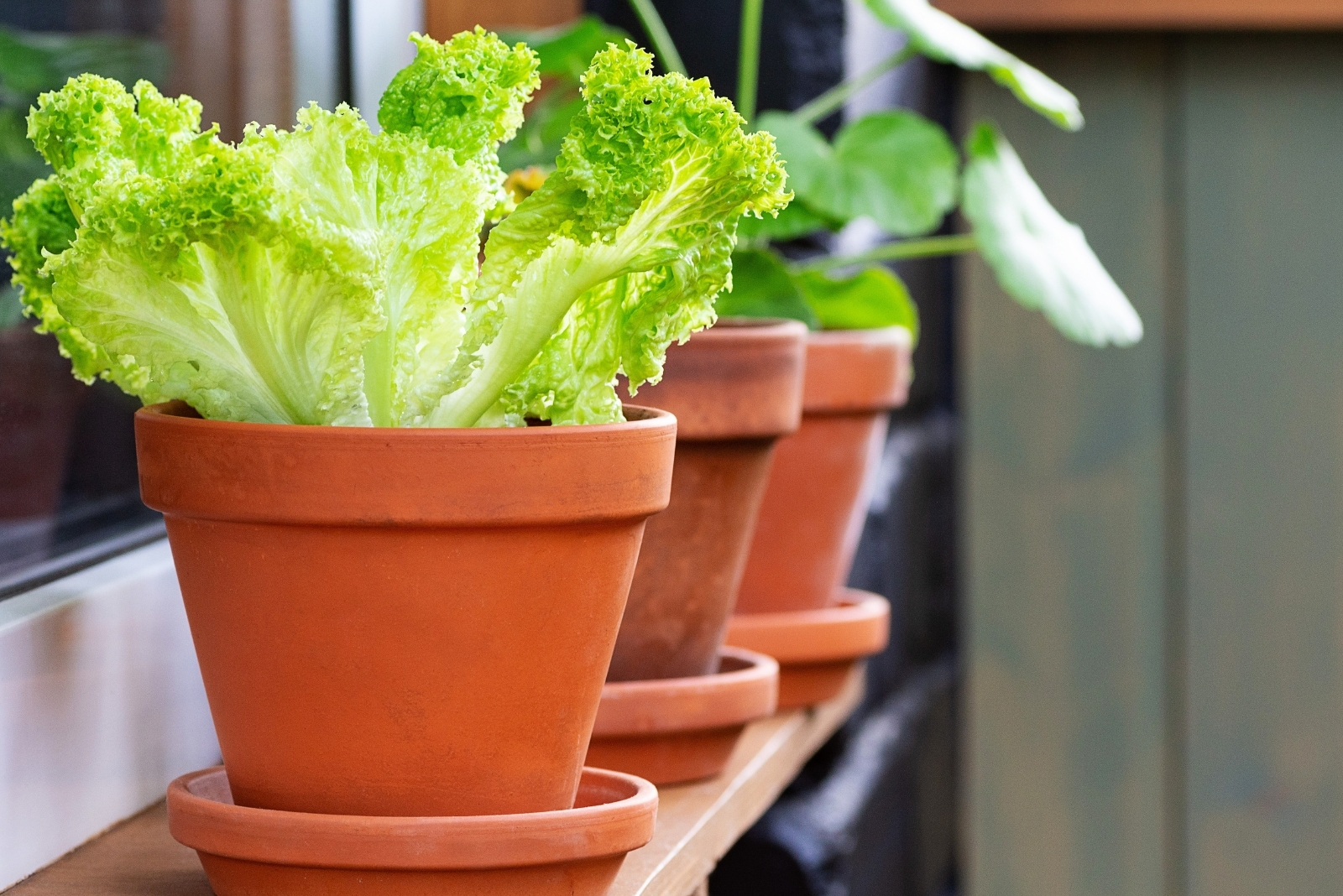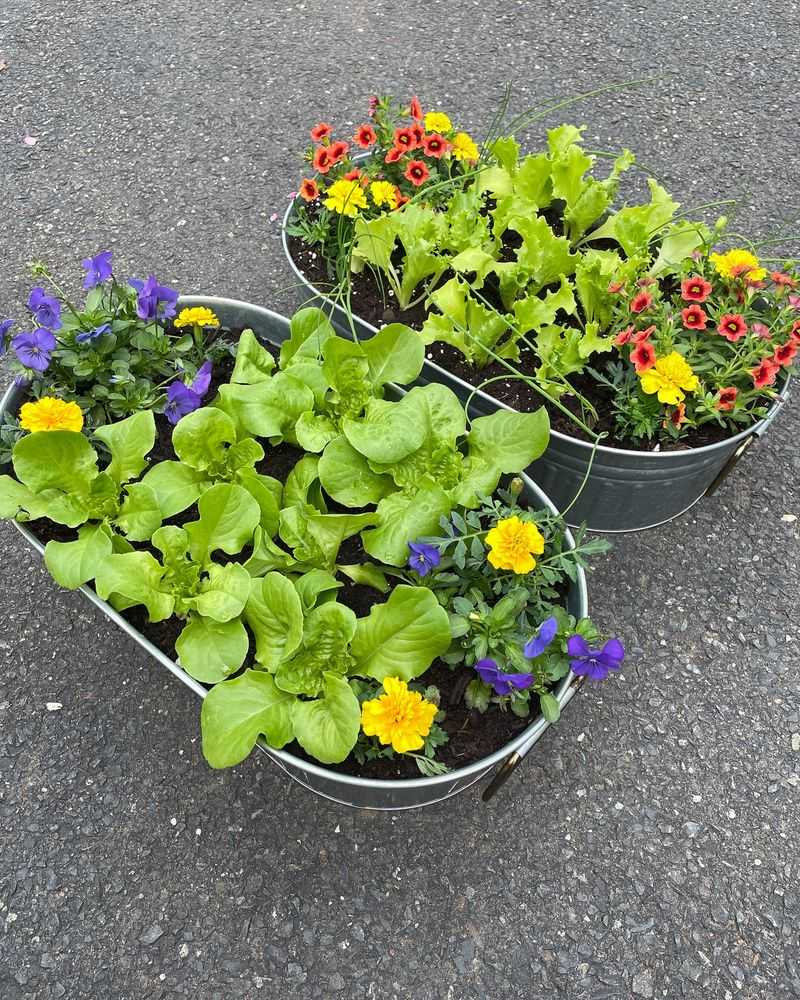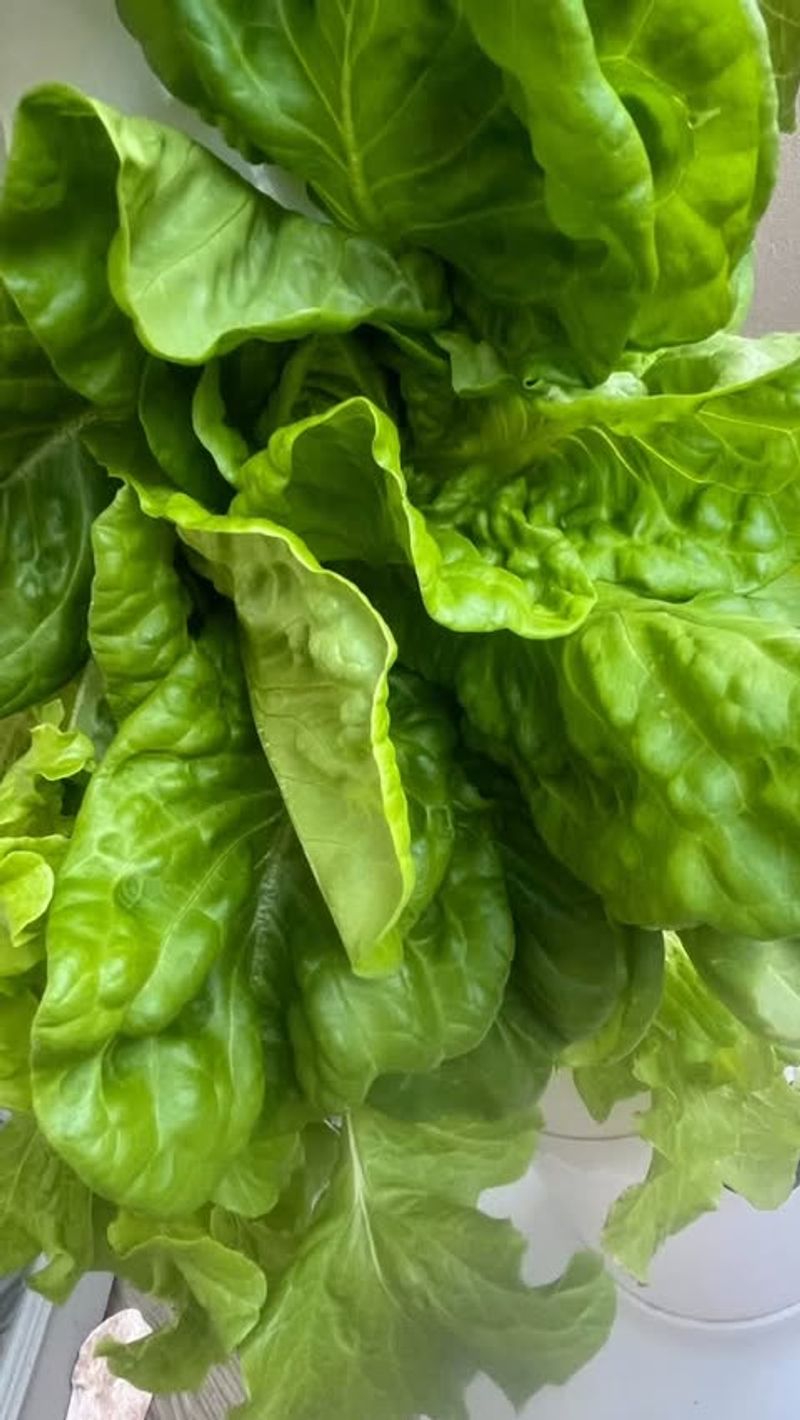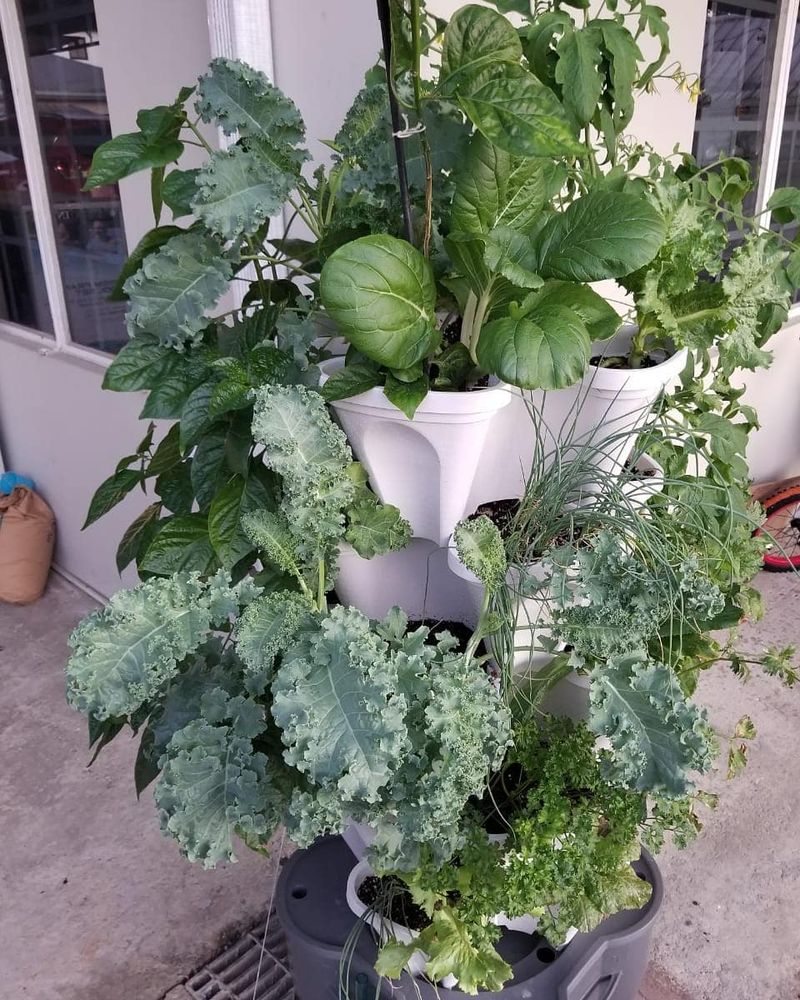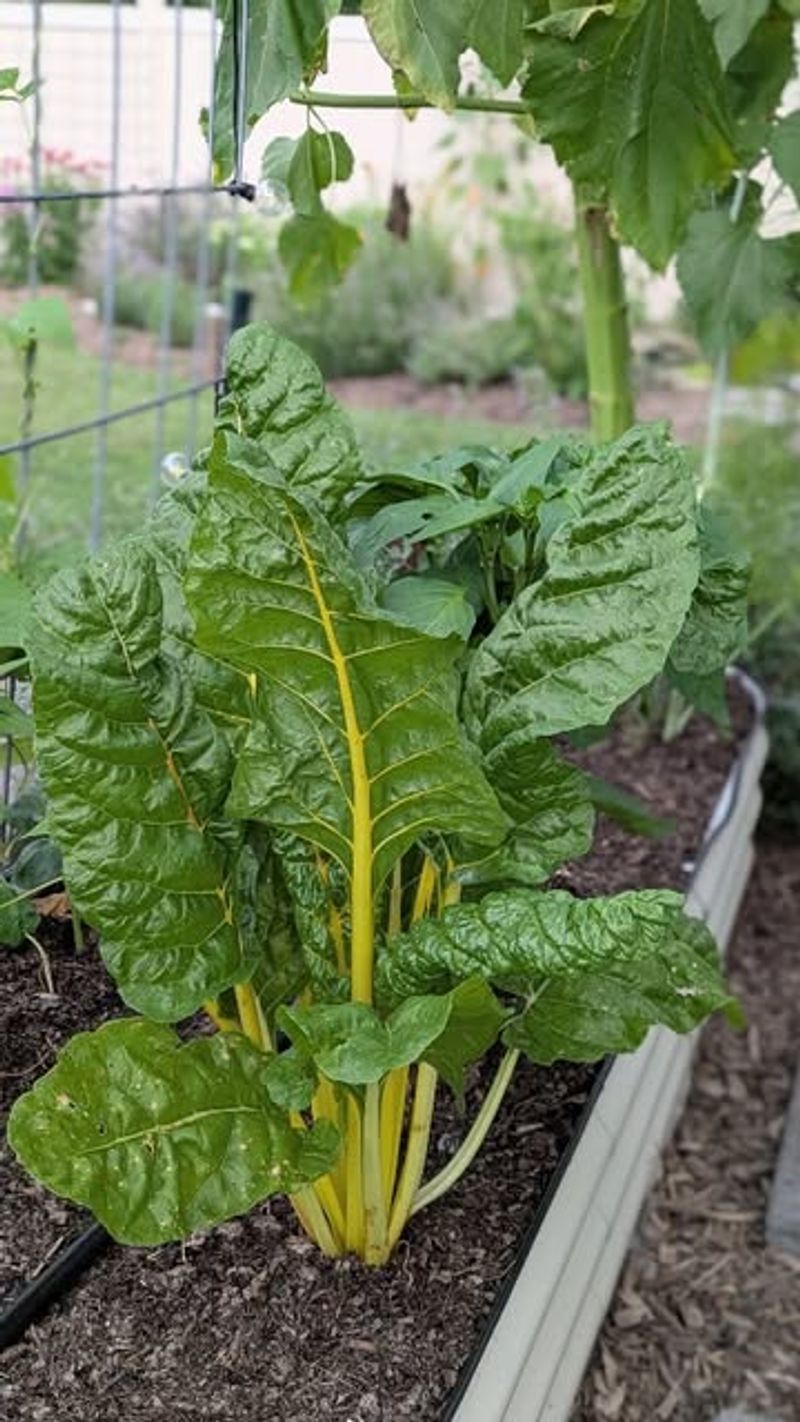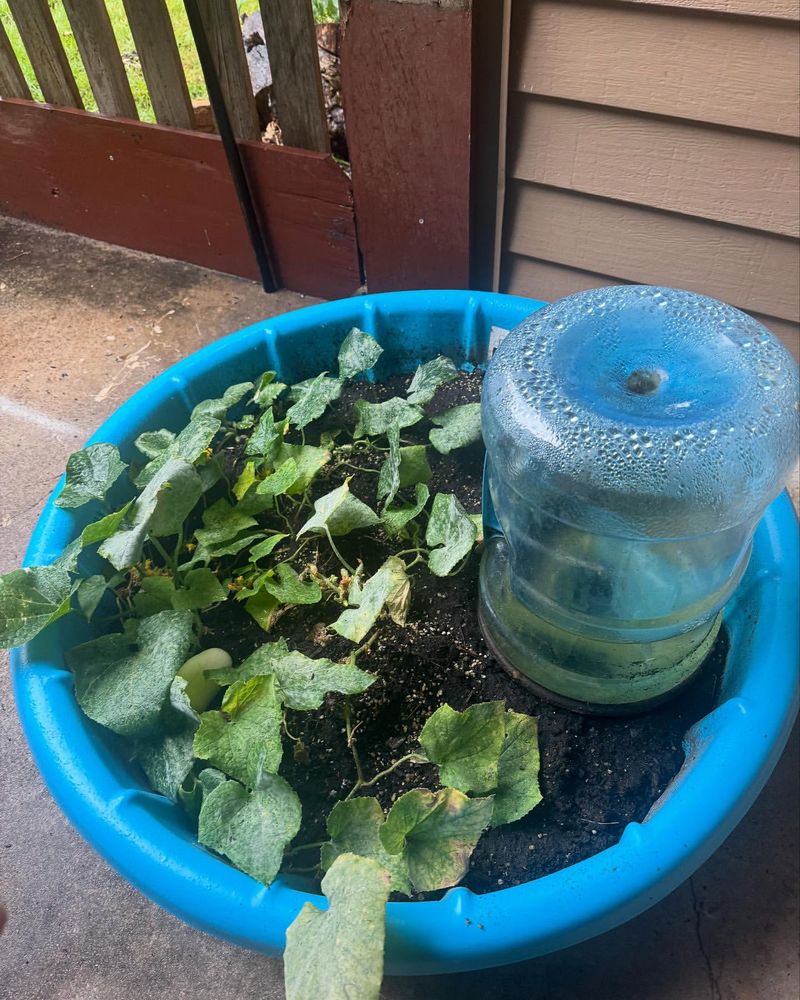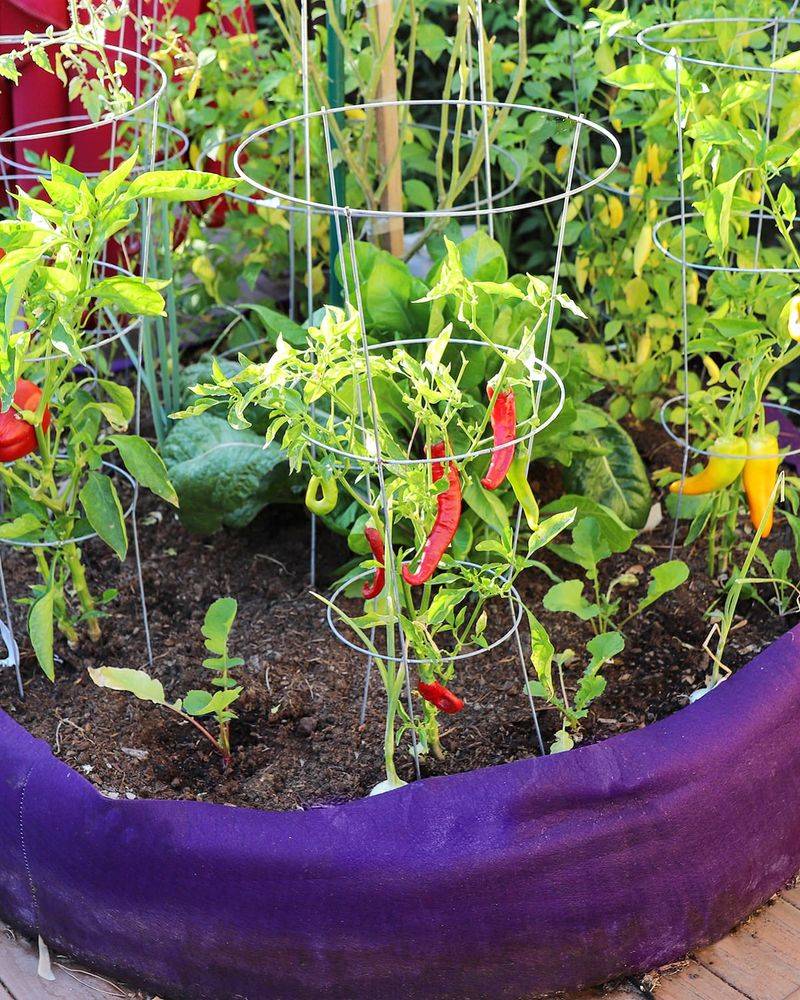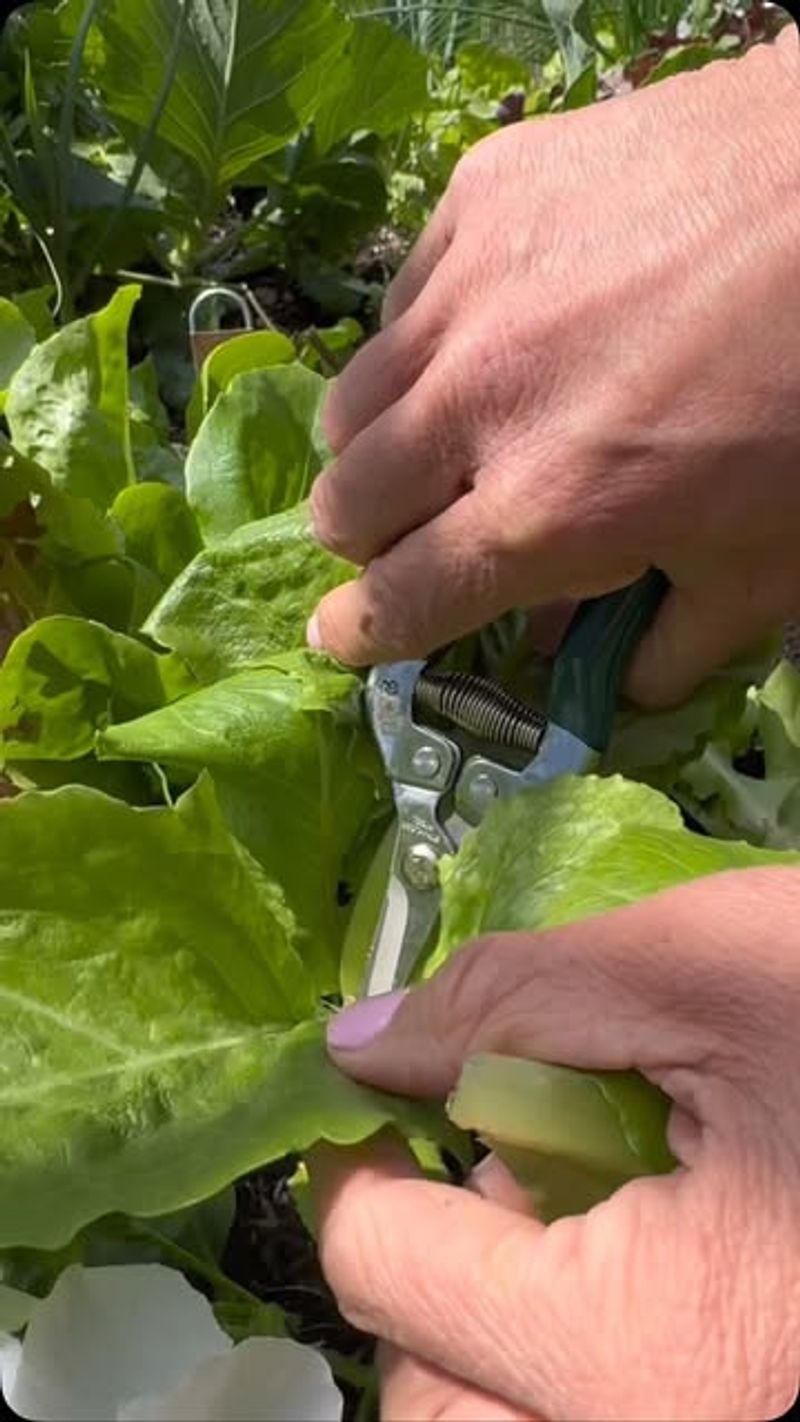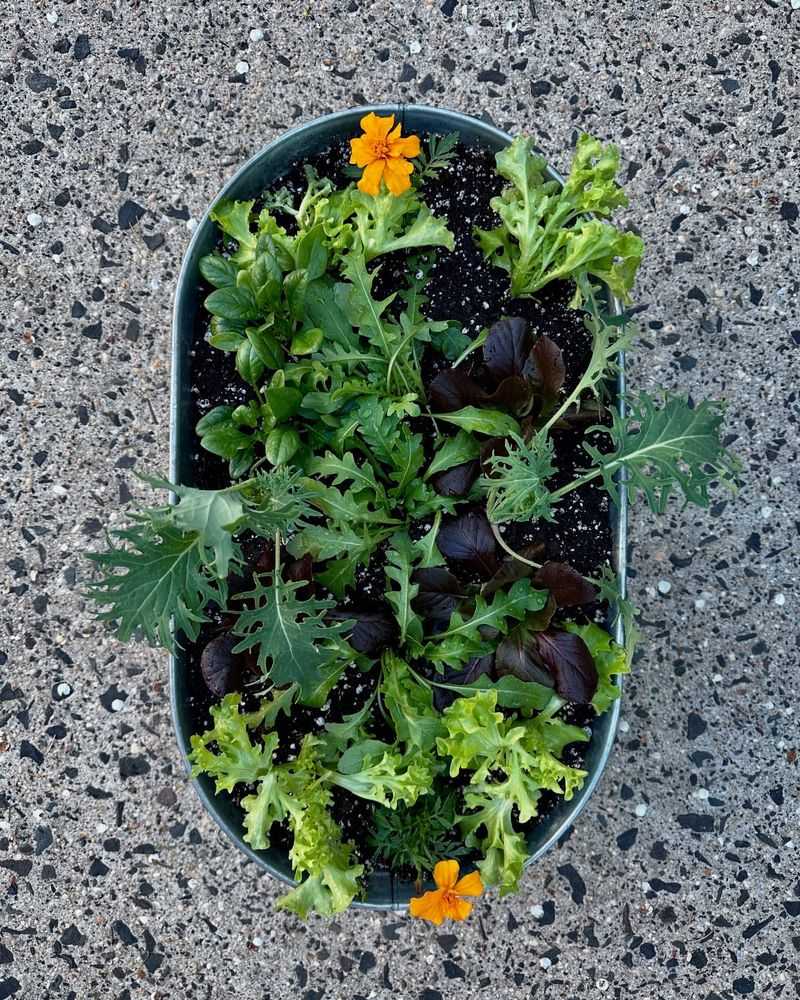Growing a salad garden in a single planter is easier than I ever imagined here in California. I love having fresh, crisp greens just a few steps from my kitchen.
With the right mix of herbs and veggies, you can enjoy a vibrant harvest all season long. It’s amazing how much flavor a small space can produce with a little care.
I’ll show you the tips that make my salad planter thrive and stay full of fresh goodness.
1. Choose the Right Container
A wide, shallow planter works best for salad greens in California’s warm climate. Look for containers at least 6-8 inches deep with plenty of drainage holes to prevent root rot during coastal fog periods.
Many California gardeners find success with self-watering planters that help maintain consistent moisture levels during those hot inland valley days. Your container should be at least 24 inches in diameter to grow enough greens for regular harvests.
2. Select Heat-Tolerant Varieties
Not all greens thrive under California’s intense sunshine. Opt for heat-resistant varieties like ‘Nevada’ lettuce, arugula, and oak leaf lettuce that won’t bolt quickly in SoCal’s warm conditions.
California gardeners have great success with Mediterranean greens like endive and radicchio that naturally withstand higher temperatures. Consider adding purslane or New Zealand spinach for summer harvests when traditional lettuce struggles in Central Valley heat.
3. Create a Smart Layout
Position taller plants like kale or chard at the north side of your planter to prevent shading shorter varieties. This arrangement maximizes California’s abundant southern sunlight exposure for all your greens.
Many Northern California gardeners find success planting fast-growing radishes between slower-growing lettuces. Try arranging plants in concentric circles with tallest in the center for balcony planters that receive sunlight from multiple angles throughout the day.
4. Master Succession Planting
California’s extended growing season allows for continuous harvests through succession planting. Sow new seeds every two weeks in small sections of your planter rather than all at once.
Many coastal California gardeners can grow salad greens year-round without interruption. Keep a planting calendar to track when you’ve sown each section, ensuring you’ll never face the feast-or-famine cycle that frustrates many container gardeners.
5. Perfect Your Watering Routine
Morning watering works best for California container gardens, allowing foliage to dry before evening fog rolls in. Aim for consistent moisture without waterlogging, which is especially important during Santa Ana wind conditions.
Southern California gardeners often install simple drip irrigation systems with timers to maintain optimal soil moisture. Consider adding a moisture meter to your gardening toolkit—containers dry out much faster than in-ground gardens, particularly during California’s dry summer months.
6. Implement Smart Fertilizing
California’s year-round growing conditions mean nutrients deplete quickly in container gardens. Apply diluted liquid fish emulsion or seaweed fertilizer every two weeks rather than stronger doses monthly.
Many Bay Area gardeners incorporate worm castings as a gentle, slow-release nutrient source. Remember that over-fertilizing causes lettuce to become bitter, so follow the “less is more” approach that experienced California container gardeners swear by.
7. Master the Cut-and-Come-Again Method
Instead of harvesting entire plants, snip outer leaves while leaving the growing center intact. This technique, beloved by California’s small-space gardeners, extends your harvest period significantly.
Many Sacramento area gardeners find that looseleaf varieties respond best to this method. Use sharp scissors to make clean cuts about an inch above the soil line, and you’ll enjoy multiple harvests from the same plants throughout California’s extended growing season.
8. Provide Afternoon Shade
California’s intense summer sun can quickly scorch delicate salad greens. Position your planter where it receives morning sunlight but gets natural afternoon shade, especially during July and August.
Many Los Angeles gardeners use shade cloth that blocks 30-40% of sunlight during the hottest months. Alternatively, place your container where taller plants or structures cast afternoon shadows—a strategy that desert region California gardeners find essential for summer success.
9. Prevent Common Pests
Slugs and snails love California’s irrigated gardens almost as much as they love tender lettuce leaves. Create barriers with copper tape around planters or sprinkle diatomaceous earth around plants after watering.
Many San Diego gardeners successfully deter aphids with companion plants like nasturtiums or chives. Consider installing simple floating row covers that allow sunlight and water through while keeping California’s abundant cabbage moths from laying eggs on your precious greens.

